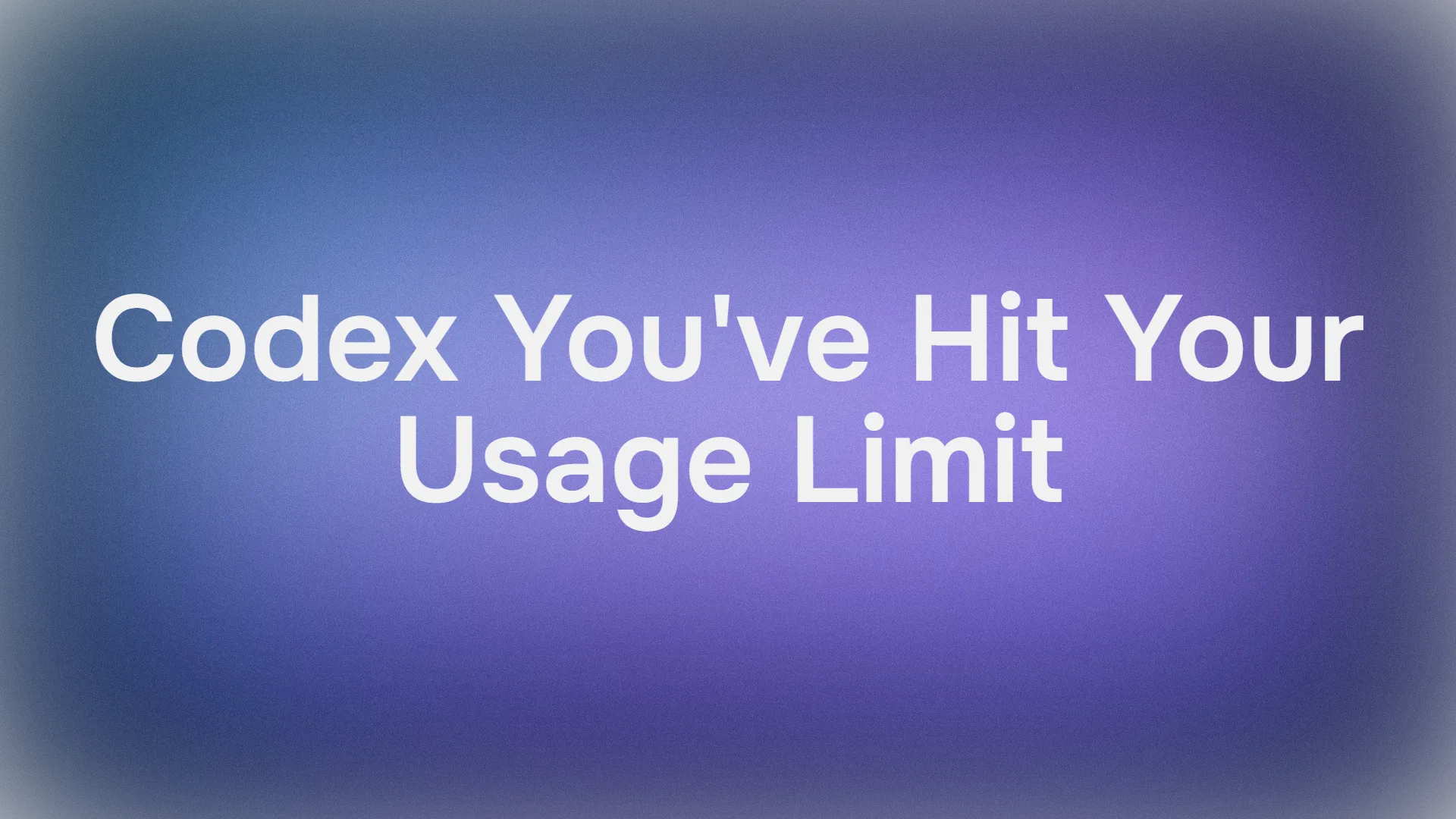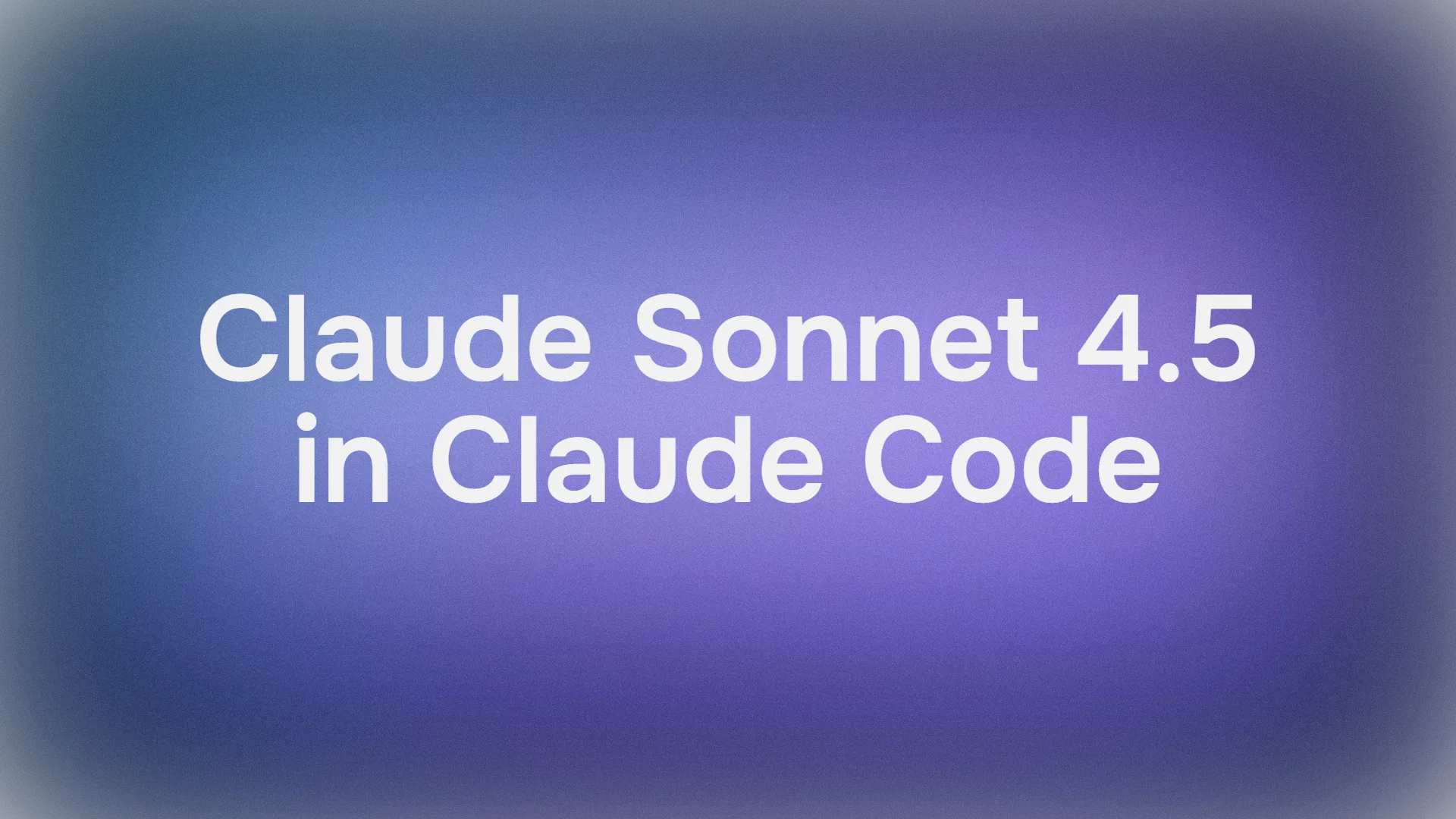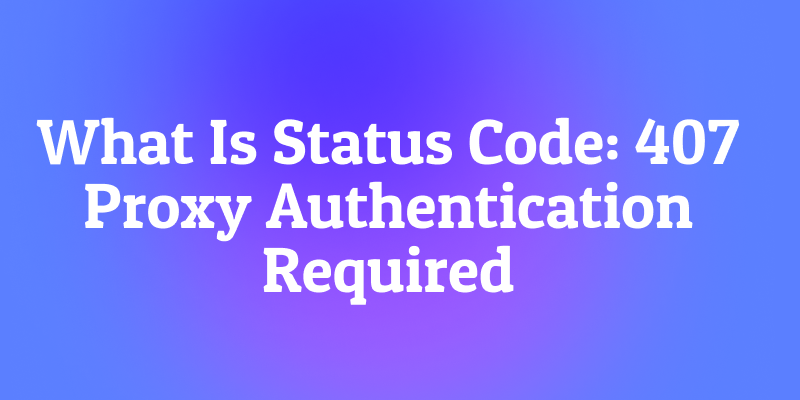As the API economy matures, the way we design APIs has evolved. The API Design-First approach—where the API contract is defined before any code is written—has emerged as the gold standard for building robust, scalable, and maintainable APIs.
This guide will walk you through the what, why, and how of API Design-First, drawing on industry experience, real-world case studies, and actionable best practices.
What Is Design-First API Development?
Design-First(sometimes called "schema-first" or "contract-first") means you start with the API’s contract: endpoints, methods, data schemas, authentication, and error handling. This contract is both human- and machine-readable (think OpenAPI or AsyncAPI specs). It’s the single source of truth for everyone involved.
Key Elements of Design-First:
- Endpoints & Methods: Define all URLs and HTTP verbs (GET, POST, etc.).
- Schemas: Structure and validate all request/response data.
- Authentication: Set up security (API keys, OAuth, etc.).
- Error Handling: Standardize error responses.
- Documentation: Auto-generate docs as you design.
Here is an article about how to design an API for your reference.
Why Design-First (Not Code-First) Is the Future of API Development
In the rapidly evolving world of software, APIs are the backbone of digital transformation. But how you build them matters. The traditional “code-first” approach—where you write code and document later—often leads to inconsistent, hard-to-maintain APIs. Enter the design-first (or API-first) approach: you define the contract, structure, and rules of your API together with your teammates before a single line of code is written.
What does this mean for your team?
- Clarity from Day One: Everyone—developers, testers, product owners—knows exactly what the API will do.
- Parallel Development: Frontend and backend teams can work simultaneously, using mock APIs generated from the design.
- Consistency and Governance: Enforce standards, style guides, and security from the start.
- Automation: Instantly generate docs, SDKs, and even server stubs.
- Reduced Rework: Avoid costly rewrites and miscommunication.
“You can’t build a house without a blueprint. The same goes for APIs.”
The Benefits of Design-First Approach in Apidog
Apidog empowers teams to build robust, consistent, and scalable APIs by prioritizing API contract design before any code is written. With a visual, intuitive interface, Apidog enables developers, product managers, and stakeholders to collaboratively define endpoints, data schemas, authentication, and error handling—all in alignment with industry standards like OpenAPI.
By adopting a design-first approach in Apidog, teams can:
- Establish a single source of truth for API structure and behavior, ensuring clarity and alignment across frontend, backend, and QA teams.
- Accelerate parallel development by generating mock APIs and instant documentation directly from the design, enabling teams to work simultaneously and reduce time-to-market.
- Enforce consistency and governance through reusable components, global parameters, and built-in style guides, minimizing errors and technical debt.
- Automate documentation and testing with one-click publishing and integrated validation tools, keeping API docs always up-to-date and implementation in sync with the contract.
With Apidog’s design-first feature, organizations can streamline the entire API lifecycle—from ideation and collaboration to implementation and publication—delivering high-quality APIs that are easy to maintain, scale, and adopt.
How to Implement Design-First API Development with Apidog
Let's walk you through the practical steps to implement design-first API development using Apidog, ensuring your APIs are consistent, maintainable, and ready for rapid iteration.

Step 1: Create a New API Project
- Go to Home > My Teams > Projects in Apidog.
- Click New Project and choose your API type (HTTP, gRPC, etc.).
- Name your project and set permissions for your team.

Check out how to create an API project here.
Step 2: Design Endpoints Visually
- Use the visual editor to add endpoints, methods, and paths.
- Define request/response schemas, authentication, and error handling.
- Leverage common fields and global parameters for consistency.
Learn how to design APIs using a visualized dashboard in Apidog.
Step 3: Reuse Components and Templates
- Create reusable response components for standard errors (400, 404, etc.).
- Set a default response template for new endpoints.
- Use batch management to update multiple endpoints at once.
Step 4: Collaborate and Track Changes
- Assign maintainers, add tags, and document every endpoint.
- Use the change history tool to review, compare, and revert changes.
Step 5: Enable AI Features (Optional, but Powerful!)
- Configure your preferred AI provider (OpenAI, Anthropic, Google, or custom).
- Use AI to auto-generate descriptions, mock data, and more.
Explore AI features in Apidog.
Step 6: Publish and Share Instantly
- One-click to generate and publish interactive API documentation.
- Share docs with your team or the public—customize domains, navigation, and branding.
- Support for multi-version docs and Markdown integration.
Real-World Use Cases: Why Teams Choose Apidog
- For Enterprise API Platforms: Standardize API design and governance across hundreds of teams. Apidog also supports on-premises deployment.
- For Startups: Launch new products faster with instant docs and mock APIs.
- For Agencies: Collaborate with clients visually and deliver consistent, high-quality APIs.
- For Open Source Projects: Publish beautiful, interactive docs for your community.
Conclusion: Design-First + Apidog = API Mastery
In the rapidly changing world of API development, design-first is no longer optional—it’s the gold standard. By starting with a clear, collaborative contract, you ensure your APIs are consistent, scalable, and easy to maintain. Apidog takes this to the next level with visual design, AI-powered productivity, and instant documentation.
Ready to build your next API masterpiece? Indulge in the power of design-first with Apidog. Start your free trial now and experience the future of API development.



